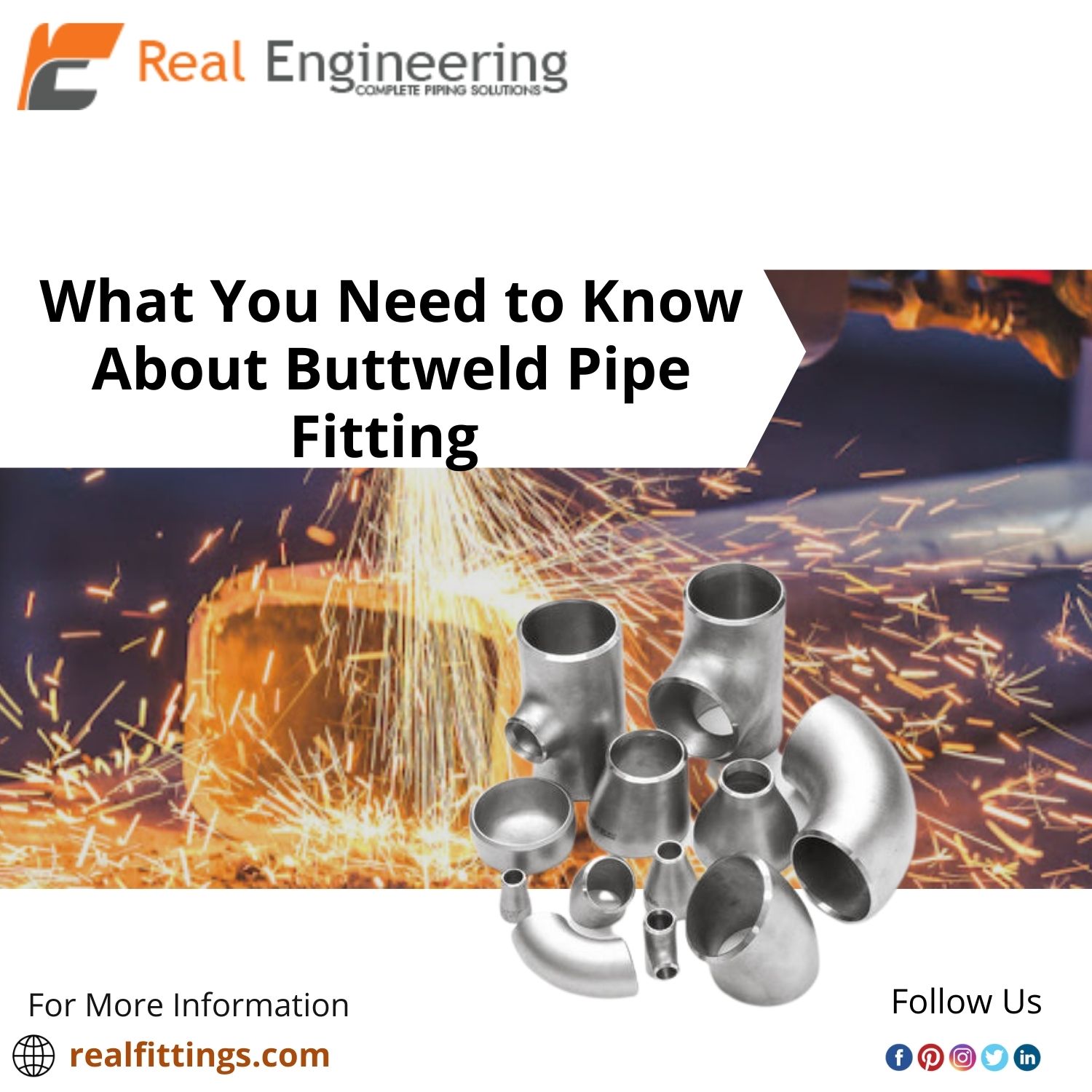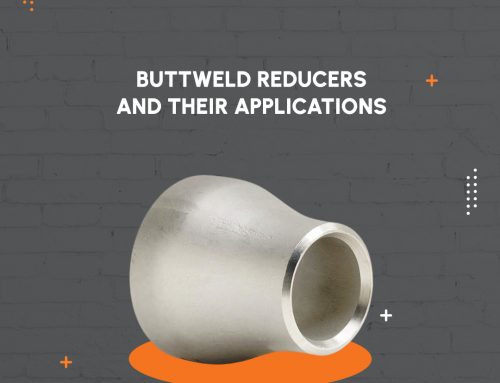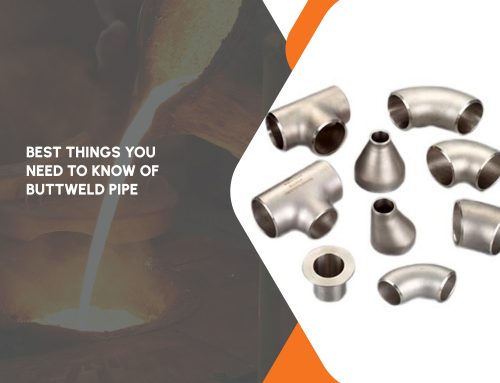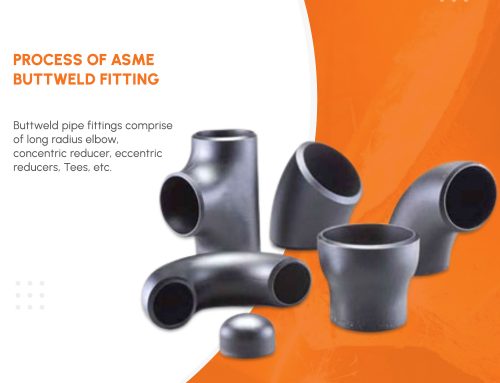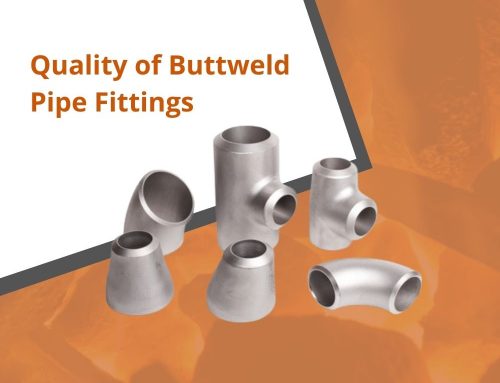Thousands of pipe fittings are used around the world to join metal pipes together, but in recent years, health and safety concerns have increased. Using buttweld fittings has also been found to decrease installation time and cost.
However, there are several misconceptions about using them for construction projects. This article will clarify the positives and negatives of using buttweld fittings when constructing a pipe-work.
Advantages of Buttweld Pipe Fitting
Using Buttweld Pipe Fittings can save time and money during installation. Seems simple enough, but let’s look at these examples… Let’s say that you need to install a 250′ length of metal pipe, at least 4 inches in diameter and up to 300 pounds per square inch (PSI).
In this typical construction project, a welded pipe connection is required. You could use flanged or slip-on pipe joints, but with buttweld pipe fittings, you can significantly reduce the amount of time required to complete your project.

No Need To Cut Each end Of the Pipe separately
First, you do not need to separately cut and thread each end of the pipe. Instead, you simply feed the threaded fitting into the cut end of the pipe and install it in place using a special weld nut flange that is pre-attached to the fitting on both ends. You also don’t have to thread the pipe several times, as you would if you were using slip-on pipe joints.
Cost-Saving
The cost-saving option is the benefit of buttweld pipe fittings for joints that require threaded fittings but do not require a threaded weld nut. Simply feed the flange into the open end of the pipe and then insert it into the first threaded end of the fitting. Tighten the nut and you’re done.
Resistant To Breakage
Due to the greater strength of welded pipe fittings, buttweld fittings are typically more resistant to breakage. When a material breaks and splinters off in a pipe-work area, the broken edges can be sharp enough to pose a substantial safety risk.
Using buttwelds can help decrease this problem by reducing the breakage of flanges and threaded fittings. When pipes are joined by welding, there is little possibility of leakage. With loose flange joints and slip-on fittings, you can have a problem with leaks occurring when they aren’t properly placed or tightened.
Disadvantages of Buttweld Pipe Fitting
Some contractors have also reported that buttweld fittings are less resistant to corrosion than other seamless pipe manufacturers. However, the types of corrosion that could occur in this area usually only affect the seating surface of the flange, which does not affect the strength of the fitting. Meanwhile, the strength of the pipe itself does not seem to be compromised by the use of buttweld fittings.
Conclusion
The disadvantages of buttweld pipe fittings are few. However, you should be aware of a few potential problems before you start building your next project. Beware that buttweld pipe fittings may be difficult to weld on if they have previously been soldered. This may cause the new weld to weaken or collapse.
The area surrounding the weld on the threaded end of a buttweld pipe fitting is not very strong and could easily crack or break off under pressure. Consult with a Piping Engineer for advice about how to use these fittings safely during installation.
Read more: Want to Know About Seamless Pipes and Tubes?
